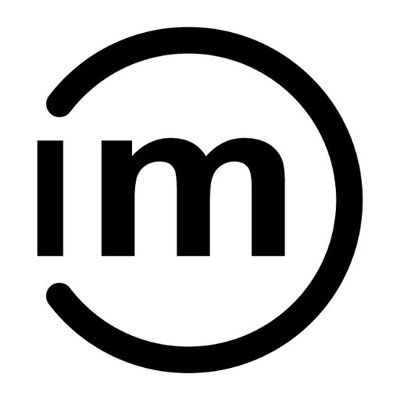Summarized by Mary McCann
While some schools are just catching up to the virtual reality train, there’s a new player on the field: augmented reality. Augmented reality is a mixed reality format that uses both real images and situations as well as virtual 3d representations. By using the front camera of a digital device, such as a phone or tablet, and a trigger image, augmented reality programs can display virtual content over real contexts. Augmented reality apps like Quiver ,which scans coloring sheets and turns them into 3d objects, or EON Experience, which uses trigger images to start thousands of simulations, can be used across different content areas as well as grade levels. Other augmented reality apps cater specifically to art, science, and the solar system. As many school districts have already adopted 1:1 mobile device programs, augmented reality is just the next step in digital learning.
References:
Schrock, K. (2017). August 2017: Augmented reality in the classroom.
